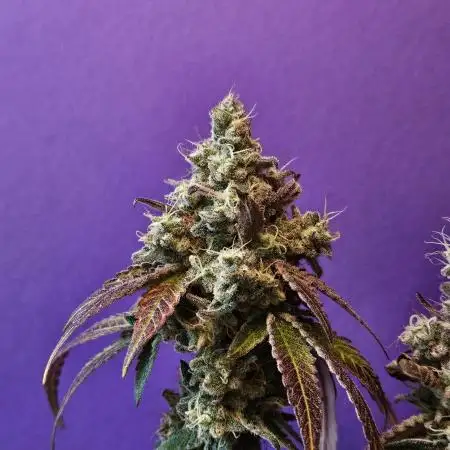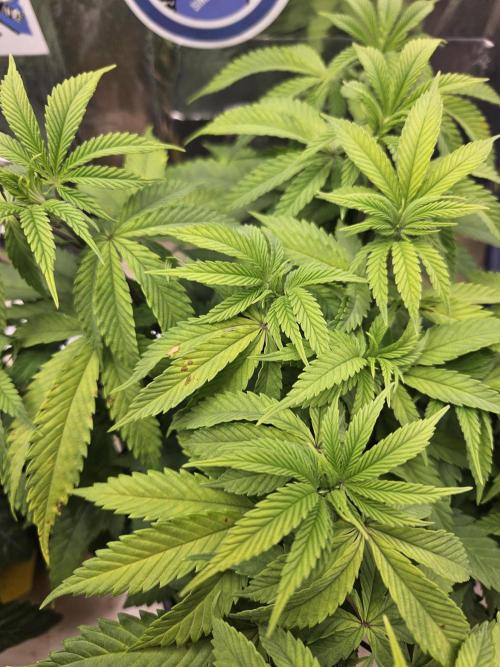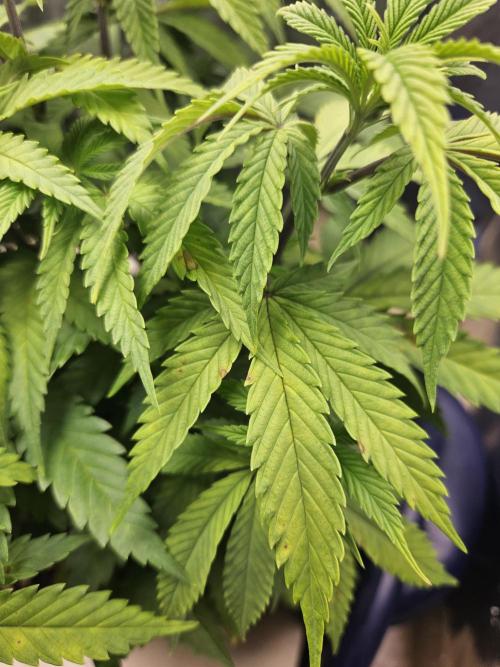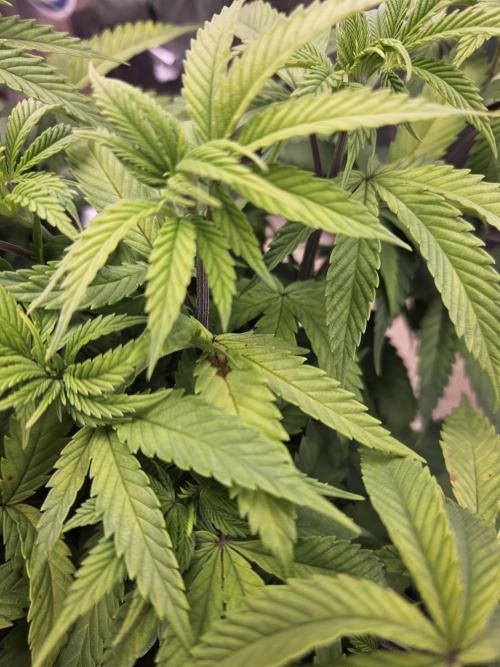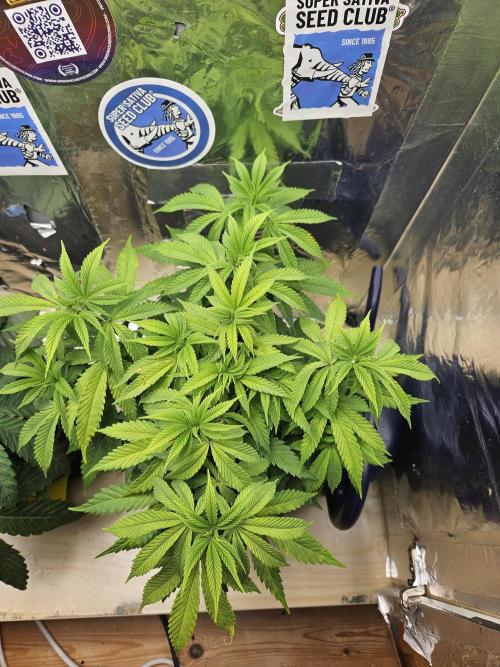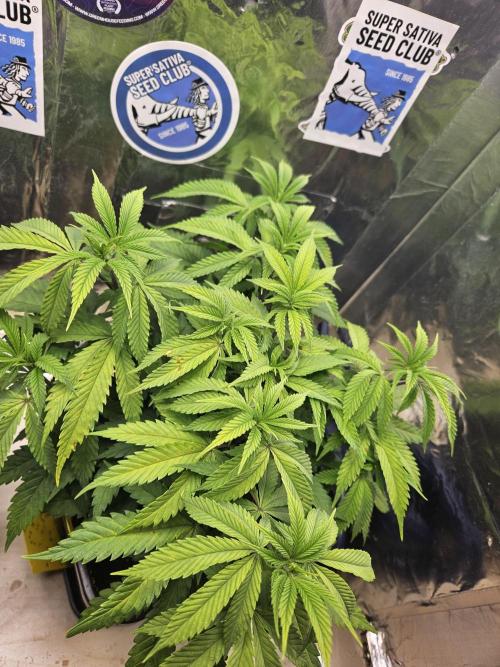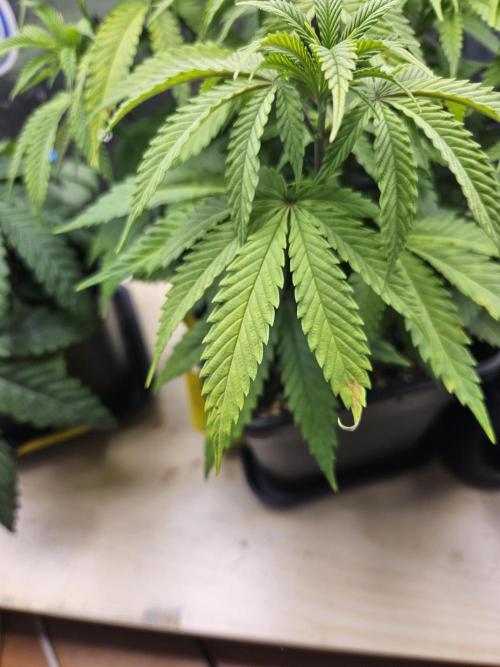By continuing to use the website or clicking Accept you consent to our cookies and personal data policy and confirm that you are at least 18 year old. For details please see Privacy Policy and Terms
Accept
Help
Inside_growlabstarted grow question 4h ago
.What the fuck did i wrong. I only gave her biobizz grow some of the tarantula from advanced nutrients and some bud candy.
The most parts are getting more yellow then Green and i dont now why.
My water is also on 6.5 but i cant measure the soil because of i use a ph fast test
Open
likes
Answer
Ultravioletanswered grow question 34m ago
Calcium and phosphorus are both vital for sugar conversion in plants,
likes
Complain
Ultravioletanswered grow question 37m ago
The metabolic conversion of sugar is driven by a complex series of enzymatic reactions. Enzymes are proteins, and all proteins are built from amino acids, which contain nitrogen. Without sufficient nitrogen, a microorganism cannot produce the necessary enzymes to effectively break down and ferment sugars.
A lack of nitrogen is a common cause of slowed or incomplete fermentation because the microbial population cannot grow to the size needed to process all the available sugar.
High sugar content will make oxygen much harder to access in a medium.
Soon as oxygen gets scarse, nitrogen won't convert, aerobic becomes anerobic then it's just a matter of time...
Nitrogen and sulfur are two nutrients that can cause lime green but the thing is it comes from either new or old growth depending on its mobility. When you have a plant that's lime green all over with no obvious starting points its often a sign that the pH has gone alkaline (not always) reason for which varies.
Compromised iron uptake can cause a plant to turn pale green or lime green, a condition called chlorosis, because iron is essential for chlorophyll synthesis. When a plant cannot take up enough iron, it can't produce enough chlorophyll, and this deficiency leads to the yellowing of leaves all over with no obvious starting point.
Mediums that are oversaturated with water and lack oxygen, iron uptake is crippled because the iron becomes too soluble or is in a toxic form. Under anaerobic conditions, ferric iron ((Fe^{3+})) is reduced to ferrous iron ((Fe^{2+})). While (Fe^{2+}) is more soluble and readily available, the excessive concentration in oversaturated, low-oxygen environments can become toxic to many organisms and interfere with uptake mechanisms.
When left unprocessed by microorganisms, sugars in a medium can cause several problems, depending on the concentration, moisture level, and surrounding conditions. The issue is not the presence of sugar itself, but what happens when it is combined with other elements in an unsterile environment.
likes
Complain
Ultravioletanswered grow question 3h ago
In order to break down the sugars the micros feed on nitrogen to make the conversion. Its all orgaic too which means the rate of conversion is linked to pH, soil microbes can temporarily outcompete plants for nitrogen through a process called immobilization. Microbes consume organic nitrogen and convert it into their own biomass, holding onto it until they die or excrete waste, at which point the nitrogen is released back into the soil in a plant-available form. This is especially common when carbon is added. Also of note, sugars especially glucose is a oxygen scav, if your medium is even close to oversaturated sugars will tip it over and cause a lacknof oxygenation in a medium. Not long after things go anerobic its game over.
1 like
Complain
Organomananswered grow question 3h ago
Major magnesium deficiency with a calcium deficiency also lurking.
If it were a nitrogen deficiency, this would show in the older leaves first, not the new growth.
I have never had any issues mixing nutrient brands/types in 40 years of growing.
likes
Complain
Nocone_Purpleanswered grow question 4h ago
Yeah bro, looks like a nitrogen deficiency kicking in the overall light green/yellow tone gives it away
Mixing Biobizz (organic) with Advanced Nutrients (synthetic) can sometimes mess up nutrient availability, especially the pH buffer.
I’d pick one line for now (either stick with Biobizz or AN) and make sure your pH going in is around 6.2–6.5.
Give her a light nitrogen boost (just Biobizz Grow alone for a few days) and you’ll see the green come back fast
likes
Complain

